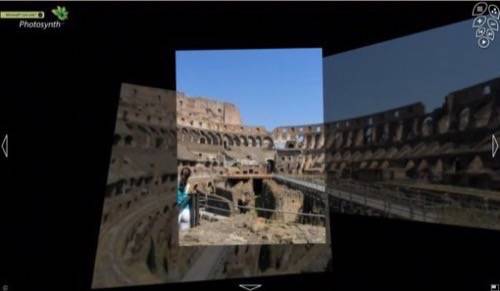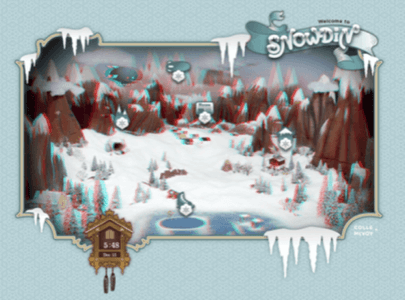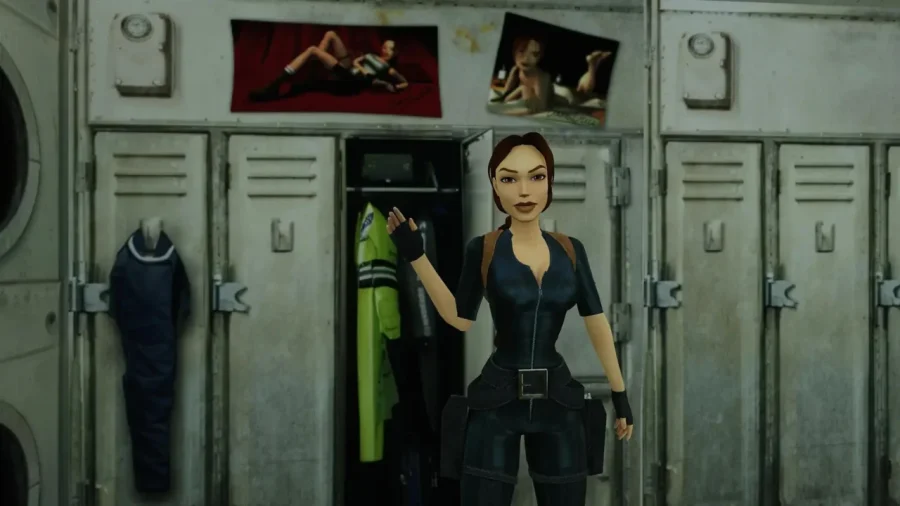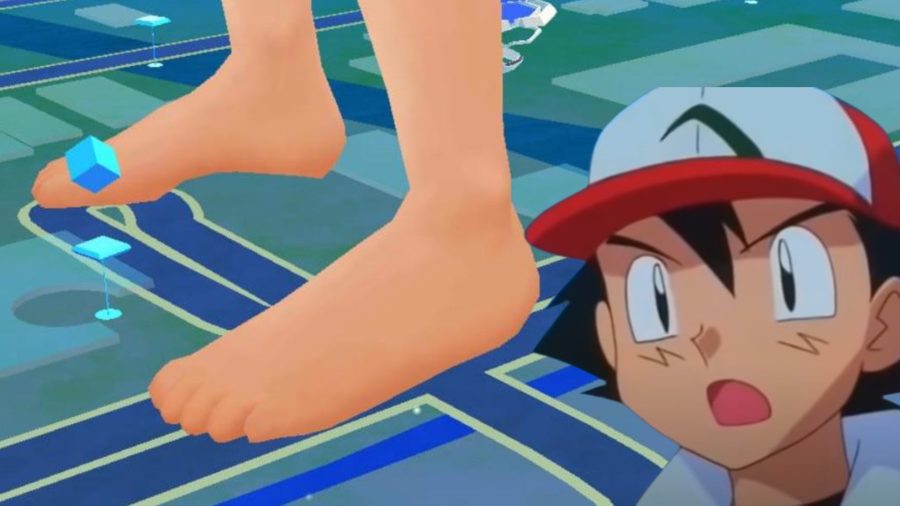What’s going on with the 3D web? At one point, it was being heralded as the next big thing. Is that still the case? Take for example, the virtual world Second Life. Once a booming place where every business had set up their online presence, the formerly happening hotspot is now gloomy and dead. As one-time Second Life reporter Eric Krangel said, hanging out in Second Life is “about as fun as watching paint dry.”

But Second Life isn’t the end-all be-all of the 3D web and its slowdown does not necessarily mean that the 3D web itself is dead. Second Life is gasping for air – at least in terms of reputation, if not actual userbase – no matter what Chief Executive Mark Kingdom would have you believe. (Hey Mark, want to count this as one of your press mentions to show how much buzz the network is still getting?) Other attempts at virtual worlds, like Google’s Lively, have just given up and are shuttering their doors for good. Who’s in and who’s out is still a mixed bag, though. Disney closed shop earlier this year, but Sony just launched their new PS3-based virtual world only days ago.
Still, let’s face it, playing what are essentially online computer games where the “fun” is in interacting with random strangers may have been an interesting experiment, but now that the hype has died down, we can see that they only attract a niche crowd. These worlds will not deliver the promise of the 3D web that we had once imagined they would.
Where 3D is Useful: Mapping
When 3D technology is implemented for more practical purposes, though, it can be incredibly useful. Some of the most innovative developments in 3D technology involve advances made in mapping. The newly redesigned Google Maps’ Street View is a great example of this. Their recent update lets you drag a figure (the “Pegman”) over any street to get a preview of Street View for that location. When the Pegman lands, the whole map turns into a Street View viewer. Google Maps with Street View has also been delivered to our mobile devices where it helps us navigate unknown areas of our world when we’re away from our computers.
Meanwhile, Microsoft has also integrated 3D into their mapping platform, only in a different way. They launched their Live Labs project Photosynth in August, which lets you stitch together photos to create detailed 3D environments. Last month, they integrated Photosynth with Live Maps, letting you explore variouslandmarks and cities in 3D as well as share your own “synthed” photo collections with the other users of Live Maps.

Where 3D is Cool: Browsing
Also this year, we’ve seen some developments in the use of 3D to deliver better visual browsing experiences. Amazon launched their 3D Winodwshop site which lets you virtually browse through the company’s top products.

We’ve also seen other web applications integrate this 3D visual browsing technology including ManagedQ’s semantic Google-based search, Photo Stream’s visual newsroom as well as newer search engines like Viewzi and SearchMe. Although none of those have hit the mainstream, they all are interesting experiments.
However, one of our favorite 3D browsing tools is the technology from Cooliris, a browser plugin that lets you transform the web into an immersive 3D experience. With Cooliris, you can surf a “wall of content” from sources like Google, Flickr, Yahoo, SmugMug, and DeviantArt. In October, the company also launched an iPhone application that does the same.

Similar to Cooliris’s iPhone app, Microsoft took Seadragon, the technology that supports Photosynth, and released it as an iPhone application callled Seadragon Mobile. With this mobile app, you can browse several image collections including the Library of Congress maps from the TED demo, NASA images, a two-billion by two-billion pixel map of the world, and you can also load custom content via an RSS feed.
3D’s Future: Shopping?
As The Guardian reports today, there are many people who think that online shopping is the next frontier for the 3D web. In particular, they make mention of a company called ExitReality, who is developing a 3D plugin that can transform any 2D web site into 3D. Visitors using ExitReality’s plugin can change into avatars to wander through web sites and chat with other users. Says ExitReality founder Danny Stefanic, who has been working with virtual reality since 1994, “it’s not a replacement for viewing the 2D page – that is still the best way to consume that content – but it gives everyone a 3D space that they can utilize if they want to. And what we have found is that instead of the two- or three-minute session times of 2D websites, when we are in 3D and exploring and chatting to people with similar interests, we spend 20 to 30 minutes there.” He notes that sites implementing 3D could offer online sales agents that could chat to visitors or demonstrate products.
In other words, 3D for marketing and sales. Sigh.
Is There Nothing Else?
Last year, we had once wondered if 3D interfaces were useful or just a novelty. We think the jury is still out on that. Besides mapping of course (which extends to new developments in Google Earth, too), the majority of the 3D launches we’ve seen over the year are fun…even cool…but not incredibly life-changing. In fact, the newest uses of 3D are even more kitschy and even less useful than those that we saw earlier this year. The most recent 3D sites actually backtrack to 3D’s beginnings and require you to break out your nerdy red-and-blue glasses to view them. For example, a site called Snowdin.com, is a new holiday Flash production by Colle+McVoy that’s entirely in 3D.

For even more mindless fun, we just discovered that you can create your own red-and-blue doodles at the new Neave Anaglyph site.

Sure, we may have rushed out to the car to retrieve our glasses left over from the weekend showing of “Bolt 3D” to view these sites, but we don’t imagine that 3D glasses will ever become the new must-have accessory for internet surfing. So where does that leave 3D technology for consumers browsing the web? Fun, games, and virtual worlds? Yes, that seems about right. Although some businesses will find 3D technology useful as we noted before, we did not see this technology become the most ground-breaking innovation of 2008…unless you count the pinching and zooming that took place on our iPhones.
Image credit: 3D images above courtesy of Adverlab; main image: ny3d





















